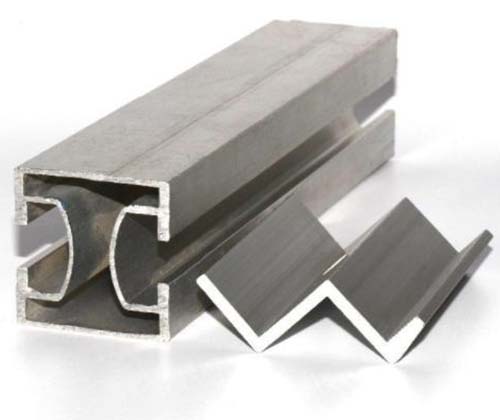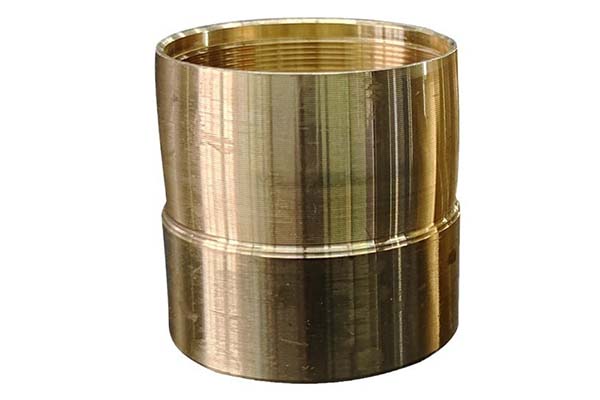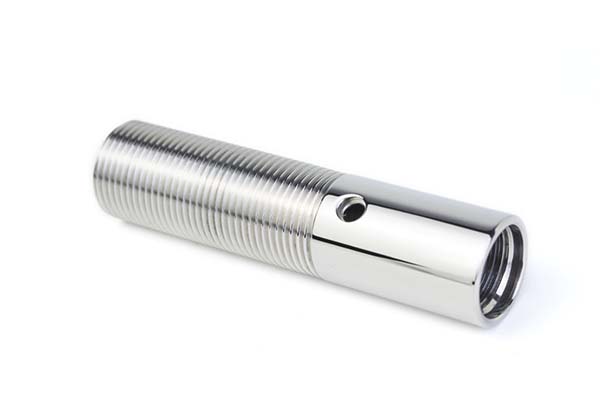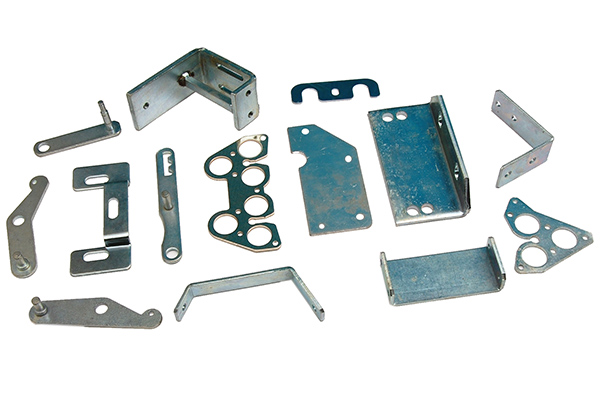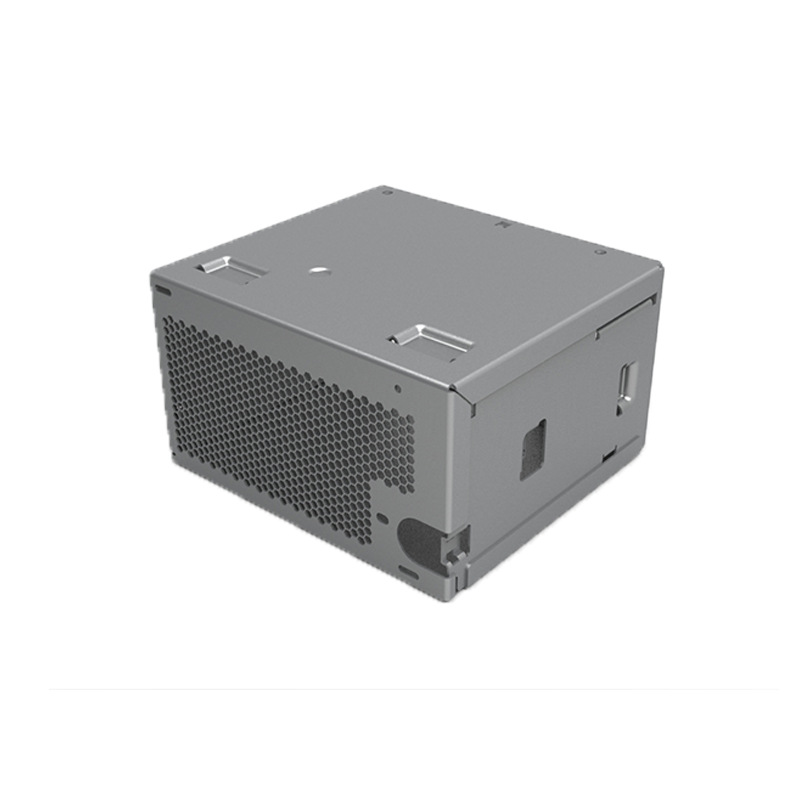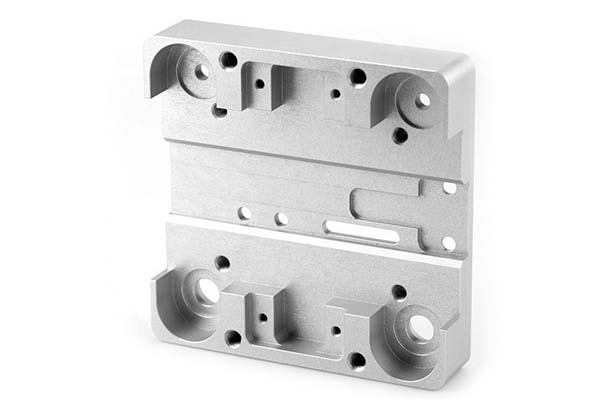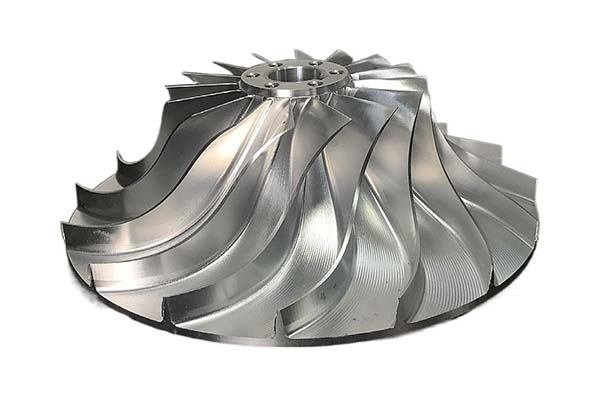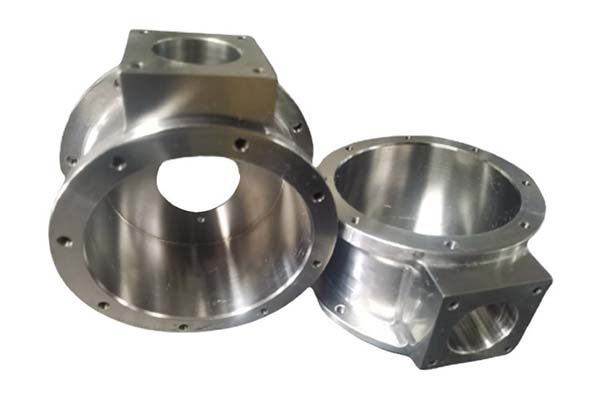Manufacturers working with hot-rolled steel in metal stamping often face a unique set of challenges. From dealing with its rougher surface finish that can affect part aesthetics to managing wider dimensional tolerances that complicate assembly, these issues can lead to production inefficiencies and increased costs. Additionally, the presence of scale and variations in material properties can cause inconsistencies in stamping results, making it hard to maintain consistent quality. In this article, we’ll explore how understanding hot-rolled steel’s material properties and characteristics, optimizing the stamping process, implementing robust quality control, and leveraging its strengths in specific applications can help overcome these hurdles.
Unpacking Hot-Rolled Steel: Material Properties
The material properties of hot-rolled steel play a crucial role in determining its performance during the stamping process and in final applications.
- Steel composition in hot-rolled steel typically includes iron as the base, with carbon content ranging from 0.05% to 1.5%, depending on the grade. This carbon content influences key properties: lower carbon grades (below 0.25%) offer better ductility, while higher carbon grades provide increased strength. Other elements like manganese and silicon are often added to enhance toughness and formability.
- Mechanical strength is a standout feature, with tensile strengths ranging from 300 MPa to 700 MPa. This makes hot-rolled steel ideal for structural applications where load-bearing capacity is critical. However, its strength can vary slightly across a single sheet due to the rolling process, requiring careful process adjustments during stamping.
- Ductility in hot-rolled steel is moderate, with elongation values typically between 10% and 30%. This allows for basic bending and forming operations but limits its use in highly complex shapes that require extreme stretching.
- Toughness, the ability to absorb energy without breaking, is excellent in hot-rolled steel, especially at lower temperatures. This property makes it suitable for applications exposed to impact, such as heavy machinery components.
- Thermal properties include a high melting point (around 1300°C) and good thermal conductivity. These properties mean hot-rolled steel can withstand the heat generated during stamping without significant degradation.
- The grain structure of hot-rolled steel is coarser compared to cold-rolled varieties, a result of the high-temperature rolling process. This coarse grain contributes to its toughness but can also lead to slightly lower surface finish quality.
Understanding these properties helps manufacturers select the right grade of hot-rolled steel for their stamping needs, ensuring compatibility with the intended application.
Key Hot-Rolled Steel Characteristics
Beyond material properties, hot-rolled steel characteristics directly impact the stamping process and final part quality, making them important to address.
- The hot-rolled process involves rolling steel at temperatures above its recrystallization point (typically 900°C to 1200°C). This high-temperature processing allows the steel to be shaped more easily, resulting in a more cost-effective production method compared to cold rolling. However, it also leads to some of the unique characteristics of hot-rolled steel.
- Surface roughness is a notable trait, with typical Ra values ranging from 5 to 25 micrometers. This roughness is caused by the rolling process and the formation of scale, which can affect the appearance of parts. For applications where aesthetics are important, additional finishing steps like grinding or painting may be necessary.
- Dimensional tolerance in hot-rolled steel is wider than in cold-rolled steel, often ranging from ±0.5 mm to ±1 mm for thickness. This variation requires stamping dies to be designed with more flexibility to accommodate these tolerances, preventing issues like uneven forming or part misalignment.
- Scale formation is a natural byproduct of the hot-rolling process, as the steel reacts with oxygen to form a layer of iron oxide on the surface. This scale can cause tool wear during stamping and may need to be removed (through processes like pickling) before or after stamping, depending on the application.
- Thickness variation across a sheet is common, with differences of up to 0.3 mm in some cases. Stamping presses must be adjusted to account for these variations to ensure consistent pressure application during forming.
- Edge quality is often irregular, with burrs or slight deformations possible. This can require trimming and shearing operations as part of the stamping process to achieve clean, usable edges.
- Post-rolling treatment such as annealing or normalizing can be used to improve the steel’s ductility and reduce internal stresses, making it easier to stamp. Annealed hot-rolled steel, for example, has better formability than non-annealed varieties, though it may come at a slightly higher cost.
Optimizing the Metal Stamping Process for Hot-Rolled Steel
The metal stamping process for hot-rolled steel requires specific adjustments to account for its characteristics, ensuring efficient production and high-quality parts.
- Stamping techniques for hot-rolled steel often focus on simplicity, given its moderate ductility. Basic operations like punching operations (for creating holes) and bending and forming (for angles and simple shapes) are most effective. Complex deep drawing is generally not recommended due to the risk of cracking.
- Press machines used for hot-rolled steel should have sufficient tonnage to handle the material’s strength. Mechanical presses with tonnages ranging from 50 to 500 tons are common for most applications, while hydraulic presses may be used for larger, thicker parts requiring slower, more controlled force application.
- Tooling and dies must be durable to withstand the abrasiveness of hot-rolled steel, especially when scale is present. Tool steels like A2 or D2, hardened to HRC 55–60, are often used to extend tool life. Die clearances should be larger than those used for cold-rolled steel (typically 15–20% of material thickness) to accommodate thickness variations.
- Trimming and shearing are critical steps to address the irregular edge quality of hot-rolled steel. These operations should be performed with sharp tools to prevent tearing and ensure clean edges, which is essential for proper part assembly.
- Secondary operations like deburring, descaling, or painting are often necessary after stamping. Deburring removes sharp edges, descaling (using acid pickling or mechanical grinding) improves surface quality, and painting enhances corrosion resistance and aesthetics.
Ensuring Quality: Quality and Testing Measures
Quality and testing protocols are essential to ensure that hot-rolled steel stamped parts meet performance and safety requirements.
- Quality control starts with incoming material inspection, verifying that the hot-rolled steel meets specified steel composition and mechanical property standards. This includes checking certificates of analysis from suppliers and conducting random sampling tests.
- Dimensional inspection uses tools like calipers, micrometers, and laser scanners to verify that parts meet design specifications. Given the wider dimensional tolerance of hot-rolled steel, inspectors focus on critical dimensions that affect part fit, ensuring they fall within acceptable ranges.
- Surface defect detection involves visual inspections and the use of magnetic particle testing to identify issues like cracks, pits, or excessive scale. Parts with surface defects that could compromise performance (such as structural components) are rejected, while those with minor cosmetic issues may be reworked.
- Material testing includes tensile testing to verify mechanical strength (tensile and yield strength) and hardness measurement (using Rockwell B or C scales, depending on the grade). Hot-rolled steel typically has a hardness range of 70–120 HRB, with higher carbon grades being harder.
- Non-Destructive Testing (NDT) methods like ultrasonic testing are used for critical parts, such as those in automotive or construction applications, to detect internal defects that may not be visible on the surface. This ensures structural integrity and prevents failures in service.
Exploring Applications and Industries for Hot-Rolled Steel Stamped Parts
Hot-rolled steel’s strength, toughness, and cost-effectiveness make it a valuable material in numerous applications and industries.
- In automotive manufacturing, hot-rolled steel is used for structural components like frame rails, chassis parts, and suspension brackets. Its high mechanical strength and toughness help absorb impact energy, enhancing vehicle safety.
- Construction materials such as steel beams, brackets, and connectors rely heavily on hot-rolled steel. Its load-bearing capacity and durability make it ideal for building structures, bridges, and infrastructure projects.
- Industrial equipment manufacturers use hot-rolled steel for parts like machine frames, conveyor rollers, and gear housings. The material’s ability to withstand heavy loads and harsh environments ensures long equipment life.
- Mechanical components including shafts, levers, and linkages often use hot-rolled steel. Its combination of strength and moderate ductility allows for simple forming into functional shapes.
- Heavy machinery such as bulldozers, cranes, and excavators depend on hot-rolled steel for components like bucket edges, arm structures, and engine mounts. The material’s toughness resists wear and impact during heavy use.
- Structural components in buildings, such as roof trusses, support columns, and bracing, are frequently made from hot-rolled steel. Its cost-effectiveness and strength make it a preferred choice for large-scale construction.
- The transportation sector uses hot-rolled steel for truck beds, trailer frames, and railway components. Its ability to handle heavy loads and resist fatigue ensures reliable performance in transportation applications.
Yigu Technology's Take on Hot-Rolled Steel Stamping
At Yigu Technology, we specialize in metal stamping with hot-rolled steel, understanding its unique challenges and strengths. Our team optimizes tooling design and press settings to handle surface roughness and dimensional variations, ensuring consistent part quality. We implement strict quality control, from material testing to NDT, to meet industry standards. Whether for automotive or construction, we deliver cost-effective, durable solutions tailored to each project’s needs, leveraging our expertise to maximize hot-rolled steel’s potential.
FAQ
- How does hot-rolled steel compare to cold-rolled steel in terms of stamping difficulty?
Hot-rolled steel is generally easier to stamp for simple shapes due to its lower cost and better formability at high temperatures during rolling. However, its rougher surface, wider tolerances, and scale formation make it more challenging for applications requiring precision or smooth finishes, where cold-rolled steel is often preferred.
- Can hot-rolled steel be used for parts requiring corrosion resistance?
Yes, but hot-rolled steel has moderate natural corrosion resistance. To enhance it, post-stamping treatments like painting, galvanizing, or powder coating are recommended. These treatments create a protective barrier, making it suitable for outdoor or humid environment applications.
- What is the typical thickness range for hot-rolled steel used in stamping?
Hot-rolled steel used in stamping typically ranges from 1.5 mm to 10 mm in thickness. Thicker sheets (up to 25 mm) can be stamped for heavy-duty applications, though they require more powerful presses and specialized tooling to handle the increased strength and thickness.
